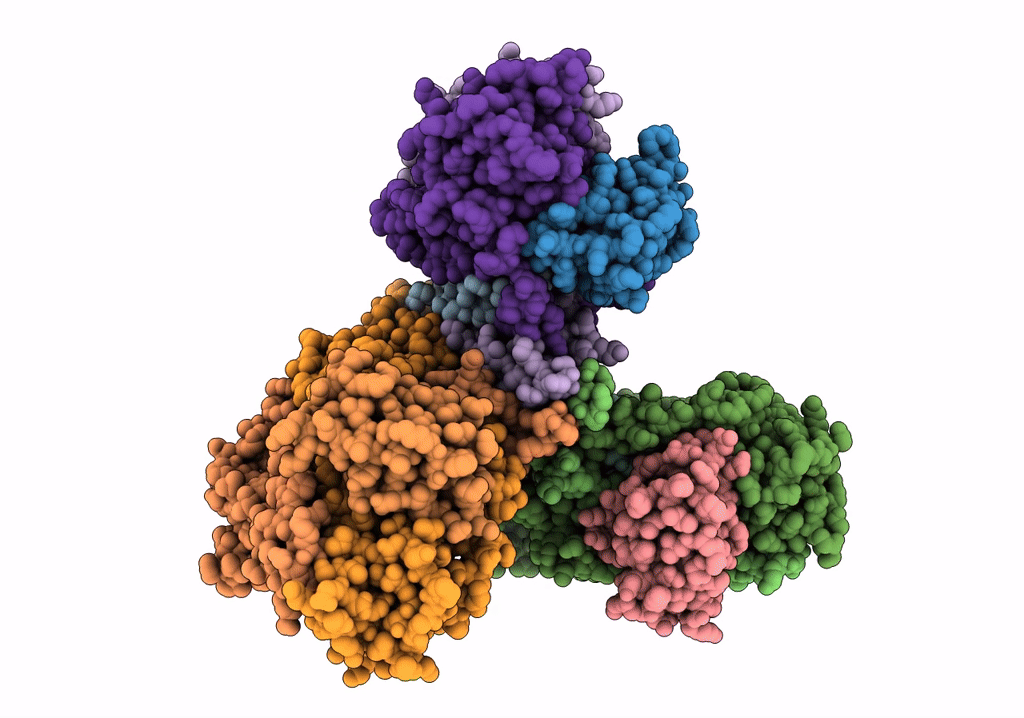
Deposition Date
2022-05-17
Release Date
2023-06-07
Last Version Date
2024-10-30
Entry Detail
PDB ID:
7XTG
Keywords:
Title:
Cryo-EM structure of Listeria monocytogenes man-PTS complexed with pediocin PA-1
Biological Source:
Source Organism:
Pediococcus acidilactici (Taxon ID: 1254)
Latilactobacillus sakei (Taxon ID: 1599)
Listeria monocytogenes (Taxon ID: 1639)
Latilactobacillus sakei (Taxon ID: 1599)
Listeria monocytogenes (Taxon ID: 1639)
Host Organism:
Method Details:
Experimental Method:
Resolution:
2.20 Å
Aggregation State:
PARTICLE
Reconstruction Method:
SINGLE PARTICLE


